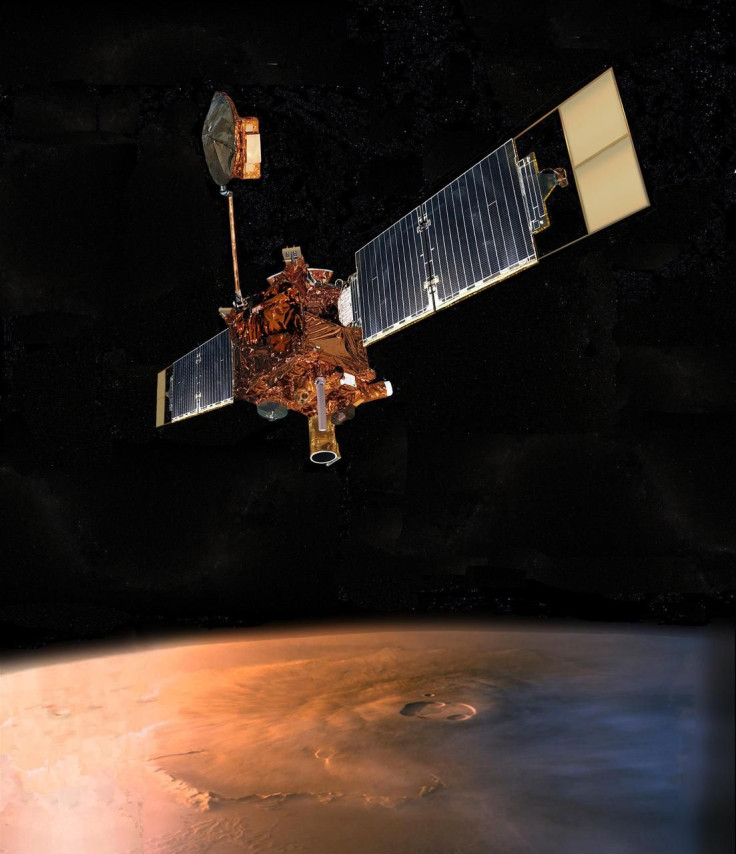NASA Mars Mission Set For 2038, Chief Exploration Scientist Reveals

A high-ranking official from NASA recently revealed the year when the first human mission to Mars will launch. The official also discussed NASA’s actual plans when it comes to colonizing the Moon and the Red Planet.
For years, NASA has been sharing details of its latest spaceflight program known as Artemis. As stated by the agency, the main goal of the Artemis program is to launch a new crewed mission to the Moon. The agency aims to use this mission as the stepping stone for a human expedition to Mars.
Recently, Jacob Bleacher, the Chief Exploration Scientist at NASA’s Advanced Exploration Systems, revealed the launch window for the upcoming Mars mission. The NASA scientist made the confirmation during a Reddit AMA session hosted by various officials from the agency.
One of the questions during the session was about the possibility of Artemis program launching colonization programs on the Moon. Based on NASA’s answer, it seems the agency is not yet ready to send its astronauts on a one-way trip to the lunar surface.
According to NASA, it plans to prepare for lunar colonization by gradually increasing the time its astronauts spend in space and on the Moon.
“Colonizing implies a one-way trip,” Bleacher stated. “On early missions, we plan on sending astronauts to the surface of the Moon for up to seven days per expedition, with a total roundtrip mission from Earth lasting about three weeks.”
“By 2024, we will be ready to send astronauts to the Moon about once per year, and increase our duration in lunar orbit and on the surface as we evolve our capabilities,” he added.
Bleacher noted that NASA is targeting to establish a stable lunar presence by 2028. Once this has been achieved, the agency can start focusing on launching a crew mission to Mars, which could take place sometime in 2038.
“We will establish sustainable lunar exploration by 2028, and will be ready to send astronauts to Mars about a decade after that,” he explained. “Missions to the Red Planet will be up to three years one-way, but again, we will be returning our astronauts to Earth.”
© Copyright IBTimes 2024. All rights reserved.





















